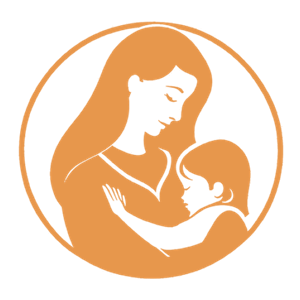Optimal Breast Milk Fat Layer Thickness for Health
Understanding the nutritional composition of breast milk is vital for the optimal growth and development of infants. One component that often piques the curiosity of new parents is the fat layer in breast milk – a crucial source of energy and nutrients for the baby. But how thick should this layer be? This article delves into the importance of the fat content in breast milk, discussing its health implications and providing guidance for nursing mothers.
See Your Future Baby Now
Just a few clicks away from the magical moment of meeting your future Baby.
Nutritionists and healthcare professionals have long emphasized the importance of breast milk as the ideal source of nourishment for infants. Breast milk's fat content, which can often be observed as a layer at the top of pumped milk, plays a significant role in a baby's health. It’s not uncommon for mothers to wonder, 'how thick should layer of fat in breast milk be?'
In this article, we will explore the various factors that influence the fat layer's thickness and its significance in an infant's diet. We will also touch upon cultural perspectives around breast milk feeding, the psychological impact of nursing, and contemporary fashion and design trends that support breastfeeding mothers.
Section 1: The Role of Fat in Breast Milk
Breast milk fat is essential for the healthy growth and brain development of infants. It is the most variable component in breast milk, changing not only over the course of one feed but also throughout the day, and the duration of breastfeeding. The thickness of the fat layer is influenced by several factors, including the mother’s diet, the frequency of feeds, and the duration of nursing sessions.
Section 2: Cultural Significance of Breastfeeding
The color pink, often associated with nurturing and care, finds resonance in the intimate act of breastfeeding, which is celebrated across diverse cultures globally. Cultural norms and practices shape the breastfeeding experience and can influence a mother's approach to nursing.
Section 3: Psychological Benefits of Nursing
Nursing not only fosters a unique bond between mother and child but also imparts psychological benefits. The act of breastfeeding can induce a sense of calm and connection, further embodied by the comforting connotations of the color pink.
Section 4: Fashion and Design Supporting Nursing Mothers
The shade of pink has made its way into 'breastfeeding-friendly' fashion, with designs aiming to provide both comfort and style. In addition, the design of breastfeeding accessories and spaces highlights the emerging trend of creating a mother-friendly environment.
Conclusion: The fat layer in breast milk plays a seminal role in providing essential nutrients to infants, and while there's no one-size-fits-all answer to its ideal thickness, awareness, and understanding can empower mothers to provide the best for their children. Embracing the full spectrum of breastfeeding support, from cultural acceptance to fashion-forward thinking, can enhance the nursing experience for mothers everywhere.

